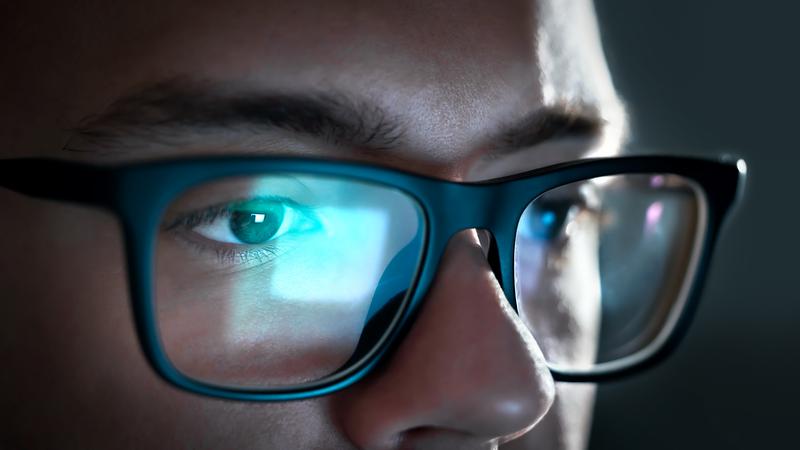
Optometrists noticing eye health suffering during pandemic
With the emergence of remote work and video chats during the pandemic, people have spent even more time than usual staring at screens over the past year and a half. While that’s made it easier to stay socially distant, it has also had some unintended consequences for our eyes.
Optometrists are noticing more of their patients dealing with the effects of staring at phones, computers, or televisions since the start of the COVID-19 pandemic. The extra screen time can have both short and long-term effects on vision.
“In the short term, it can cause eye fatigue,” said Kirk Ewen, optometrist and owner of Doctors Vision Care. “Blue light, or high-energy violet light as it’s specifically called, can cause something called digital eye strain, which lends to computer vision syndrome.”
Eye fatigue builds over the course of the day, especially if the screen in question is less than a meter away, but eyes can heal if given time. Part of the problem, however, is that they aren’t always given that time as people often move straight from their work computer to their phones.



